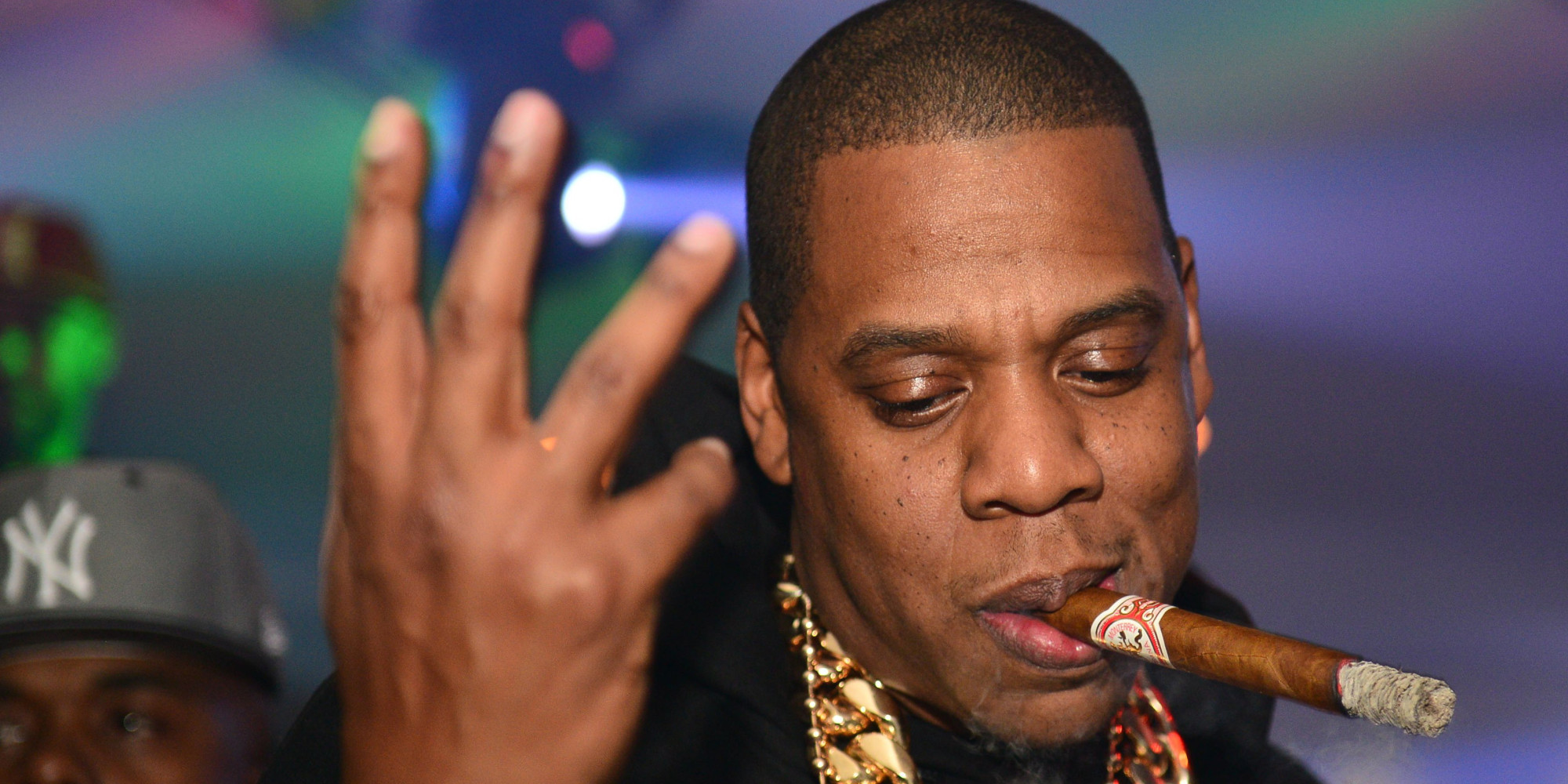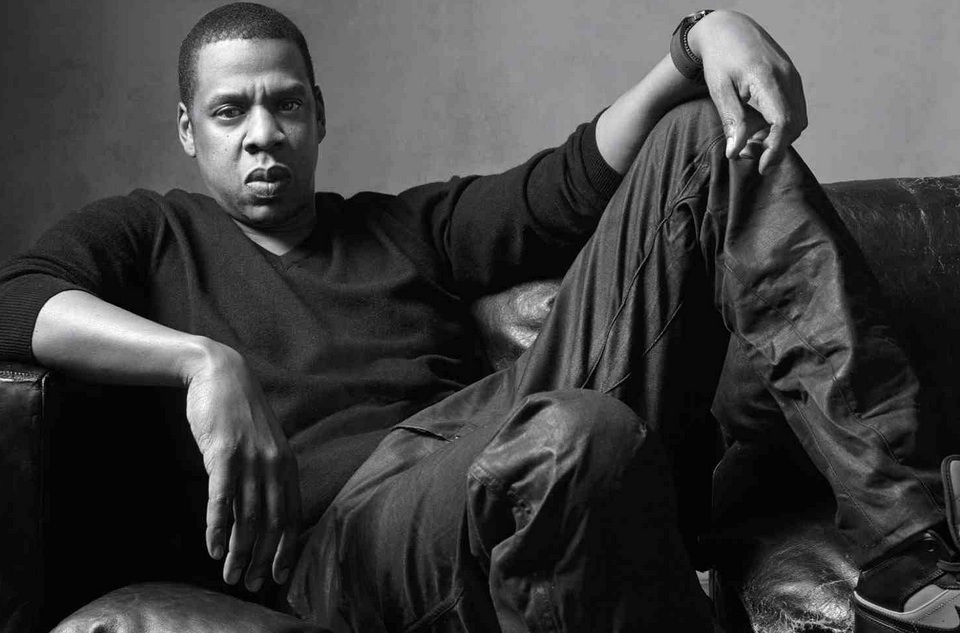Jay-Z “Tom Ford” Mix Breakdown: Timbaland’s Minimalist Hip-Hop Production Explained
From time to time when standing in line waiting to pay for your cheese and cold cuts, minding your own business, a song comes on the PA that is so weird/cool/special/disturbing/etc that you have to put the basket down, fish your phone out of your pocket, turn it on, wade through pages of apps really fast so you can shazam/soundhound the song before it ends. That time for me, when I was done looking stupid with my phone way up in the air above my head and I looked at the screen to find out what the song was, it read: Jay-Z / Tom Ford.
Why This Track Works
Hip Hop as a Playground
Hip hop is fun. It’s fun because there are no musical or sonic rules. It’s a free-for-all race to find something cool and unheard. Sometimes it generates chaos and sometimes it allows people to be very creative. Timbaland produced this track and, usually, that means exceptional creativity.
A Minimalist, Clever Construction
The track is short at 3 min-ish. It’s deceptively simple and quite clever in construction. The backbone of the beat, the driver of the song, are those three descending triplet-ey toms (doo doo doo) and the bass drum on the ‘and’ of beat two. On top of that skeleton Timbaland articulated two simple scenes: a 4-bar one with the reverb-ey bongo-ish kinda percussion thing and a 4-bar one with the Nintendo-like texture. That’s it. Except for the outro but we’ll get to that later. It seems easy to build a song with just one beat and 2 X 4 bar ‘looks’.. but it’s not. First, one has to come up with something that is novel and ear catching enough to be worthy of attention. Second, one has to know how to do a lot with such a little amount of material without giving in to the temptation of adding more more stuff to ‘flesh it out’.
The Difficulty of Simplicity
In my opinion, simple music is the hardest to pull off. Just like tempo-hell is a slow 68 bpm, not a fast and show off-ey 168bpm, production-hell is 8 Ableton Live tracks with 2 X 4 bar scenes and the pressure to make something truly new and great, more so than the 100+ track arrangement with everything being layered 18 times.
How do they pull it off on this track? Good question, thank you for asking. One simple answer: permutations.
Listen here:
iTunes: https://itunes.apple.com/us/album/magna-carta...-holy-grail/id669633097
Spotify: https://open.spotify.com/album/0anlRE2dYlRqEKL1gj1WPq
Structural Breakdown
Two Scenes, One Beat
Notice how they cleverly match each ‘look’ with different sections of the song. First the intro is just the drum beat, but with the bass hit on the ‘and’ of beat two. Jay Z come in right away. Then we hear the hook lyric, ‘Tom Ford’ over the bongo scene. What was that? Intro, chorus at the top? Verse? We don’t know yet.
Verse / Pre-Chorus / Chorus via Permutations
After that, the 2 main scenes alternate without stopping but the lyrical sections are staggered, check it out: The first 4 bars of the verse are over the Nintendo scene. Then the next 4 bars of the verse are back over the bongo scene. Then the next 4 bars of the verse on the Nintendo scene
Smart Macro Repetition
(Notice how the song’s opening lyric are repeated but feeling very different now with the sample under them, clever use of macro alliteration and repetition here) The next bongo scene brings the pre-chorus for 4 bars and then the chorus hits. The chorus is just the words ‘Tom Ford’ over the Nintendo scene. That’s it. We have heard all those elements before, but not in this combo and the repetition makes it feel like a chorus.
Why the Alternance Works
Rewind, go back to the beginning of the song and check out how the intro sets the whole alternance of scenes up to arrive precisely to this point. Smart.
Second System Variation
For the second song system, they repeat the operation but with a shorter verse. The reason for that is that they keep the bongo/Nintendo alternance perfect but they need one less Nintendo scene to make the Tom Ford + Nintendo chorus happen (No intro to content with). I don’t know for sure, but from the lyrical content my guess is that the first 4 bars of the 1st verse were added to allow for that magical alternance, allowing to color the lyric with the alternating moods and vibes of the two scenes, and to fashion the different sections of the song with nothing but mix and match tricks.
The Outro Shift
The outro is the first break in the A/B structure. It’s still based on a version of the descending toms and some recycled version of the Nintendo sample and recycled lyrics from earlier in the song. Yet it sounds completely fresh because of how those elements are treated. Mostly time stretch and pitch shifting. Someone had fun with Melodyne there. The only really new thing is the female voice, probably Beyonce, but everything else is a minced version of something we have heard before, even if it’s hard to tell for some things. Minimalistic and very efficient. Like the rest of the track.

Sonic Analysis
A Thick, Controlled Low-End
Sonically this is one fat-sounding track. The key to making a record sound thick is to limit the amount of tracks. Hip Hop is perfect for that if the team knows what they are doing. Timbaland’s team does. This is a great reference track to check the bottom on your own mixes or to check the bottom in rooms you don’t know (A good addition to Angel by Massive Attack).
Minimal Tracks = Maximum Impact
I’d say the unmixed session looked like this: tom riff track, bass drum/ clap track, hat sequence track, bass answer track, bongo sample track, Nintendo sample track, Nintendo sample bass answer track, lead vox track. Done. The rest is a bunch of little interventions, vocals going ‘aw!!’, some lead doubles here and there, little claps and Beyonce at the end, all for decoration. The main part of the song fits in 8 tracks with another 10 for incidentals. Those kinds of sessions allow the mixer to really spend time making everything sound special. Less tracks is more time and more space to work.
Vocal Treatment & Contrast
Notice how the vocal treatment and levels change all the time. The intro level and the first Tom Ford levels are different. Then the verse is another level. It helps grow the track since everything else is static. The vocal is mostly bone dry with some little delay throws here and there to accentuate some words, but the prechorus feel is created by just adding a little delay slap on the lead. Check it out. And then a slight reverb is added for the ‘Tom Ford’ chorus. That’s it. Then back to super dry for the verse. Rinse repeat.
Dynamics & Soundstage
The track is quite dynamic for hip hop with up to 8 dB of crest factor on some sections. That’s why it sounds good. Notice how the soundstage is very wide and how the reverb on the bongo and Nintendo samples create a ‘front to back’ effect against the dry toms and bass drum, with the vocal sitting right in the middle.
Micro-Details Hidden in the Mix

Lastly, see if you can catch all the little details that are mixed pretty low to keep you listening. You probably listen to this track 10 times and still hear new stuff, which is amazing considering it feels like there is nothing in there, isn't it?
Why This Is a Great Learning Track
Creativity + Execution
Whether you like hip hop or not and like Jay Z or not, this stuff is great study for the novelty of the ideas, the flawless execution, the sonic imprint of what a truly sparse arrangement allows the mixer to do with the bottom of the track and the interesting way the vocals are mixed in and out of the track.
Sparse Arrangements Done Right
A lot of hip hop is creative but sounds bad for some reason. This track rocks on all levels, plus the lyrical premise is fun.
Enjoy the bounce, yo.
Cheers,
Fab Dupont
